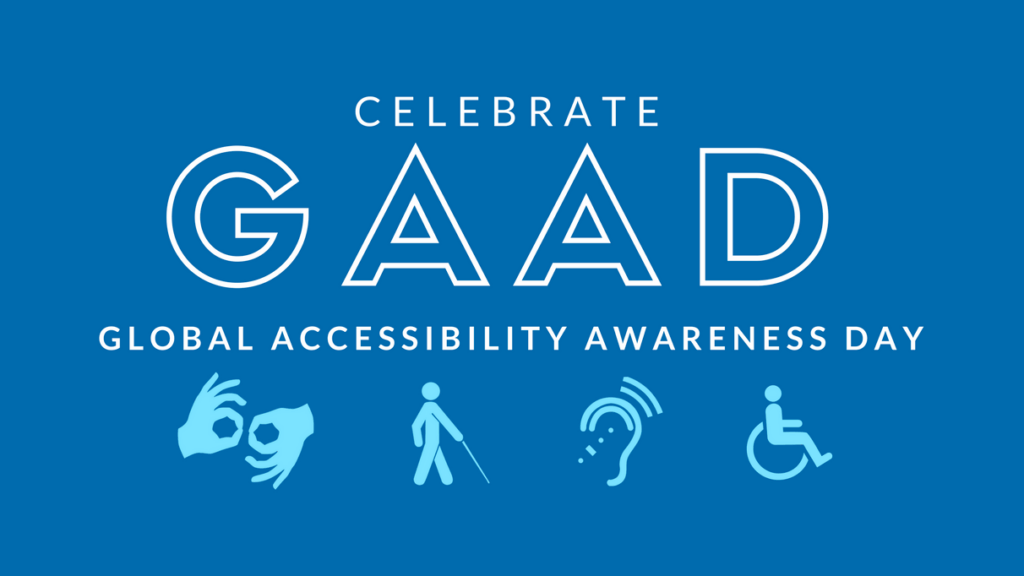When given the choice, course designers and instructors will typically incorporate both synchronous and asynchronous learning into courses to offer maximum benefits and flexibility for students. This is known as a blended or hybrid learning model.
YuJa’s Video Platform Facilitates Synchronous and Asynchronous Learning
 Blended learning is becoming more common, particularly as schools prioritize the health and safety of students throughout the pandemic. With the YuJa Video Platform, institutions can combine synchronous and asynchronous elements to maximize the student’s learning experience. This reduces the overall limitations associated with online learning.
Blended learning is becoming more common, particularly as schools prioritize the health and safety of students throughout the pandemic. With the YuJa Video Platform, institutions can combine synchronous and asynchronous elements to maximize the student’s learning experience. This reduces the overall limitations associated with online learning.
Tools Within the Enterprise Video Platform for Synchronous Learning:
- Lecture Capture for real-time streaming
- Video conferencing and video meetings for live events
- Online office hours for one-on-one
Video Platform Tools for Asynchronous Learning:
- Video Hosting for saved lecture recordings
- In-Video Comments allow student and faculty engagement
- In-Video Quizzing and polls to assess student learning
Learning is Better With Combined Delivery Models
There are benefits and limitations to both synchronous and asynchronous learning, which is why institutions have started combining delivery methods. Recognizing the differences between learning models allows instructors and institutions to create the most effective online and hybrid learning options for their students.
Synchronous learning: This model encourages lively and active communication between students and the instructor, and increases social interaction. There is an increase in personal involvement when learning is synchronous; however, synchronous learning can be difficult for students who don’t have time for scheduled courses, whether it’s because of a job or other responsibilities.
Asynchronous learning: This learning supports more in-depth and on-topic discussion. Cognitive development is enhanced when students are engaged in asynchronous learning activities. Additionally, Asynchronous learning is more flexible, giving students the ability to choose how and when they learn. While there are ways to make asynchronous learning collaborative and interactive, it is inherently less so than with synchronous learning.
When to Choose Synchronous and Asynchronous Learning Models
Use synchronous learning to:
- Support social engagement
- Discuss in small groups
- Present concepts in real-time
Synchronous learning also is ideal for question-and-answer sessions and for planning group activities and projects.
Use asynchronous learning to:
- Allow deeper, on-topic conversation
- Study and review topics
- Support students with challenging schedules
YuJa’s Video Platform helps remove barriers to learning with features like adaptive bit-rate streaming for those with internet connectivity issues and by providing students the ability to download content when they have an internet connection to watch later. With a comprehensive Video Platform, instructors can combine synchronous and asynchronous learning to meet the needs of every student, and provide engaging lectures and course activities that encourage both cognitive and personal participation.









